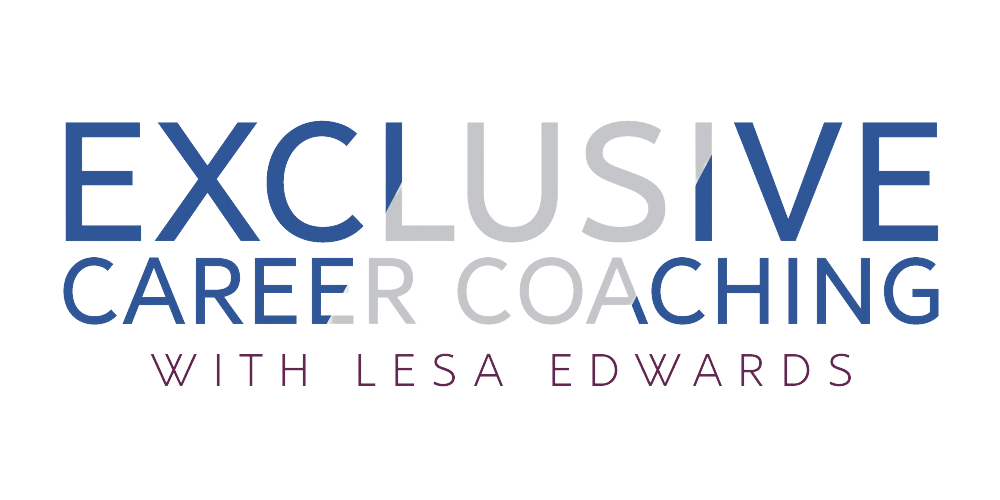275: How to Develop a List of Target Employers
How to Develop a List of Target Employers
You’ve got your eye on the next promotion, landing eventually in the C-Suite, yet you have a sinking feeling you’re not promotable — or not as promotable as you could be. Maybe you’ve been passed over for a promotion, or your boss pointed out an area or skill you’ll need to improve before you can even raise your hand for a bigger role.
I’ve got something that will make THE difference in getting you there faster — learn about Highly Promotable now:
With so many people job searching right now, I wanted to do a deep dive on a particular aspect of the job search. But first, let me set the stage.
When it comes to networking, many of you engage in what I call “The Tommy Gun Approach” — spray everyone you can think of with the information about what you are looking for, followed by “If you think of anything, let me know.”
While there’s nothing wrong with this approach, a more effective tool is what I call “The Bow-and-Arrow Approach.” This is a more strategic approach to networking that begins with the end in mind.
For some reason, I always think of The Wizard of Oz here…you know you want to get to the wizard, so what’s the first step you need to take to get to him?
In Bow-and-Arrow networking, you are setting up strategic meetings with people who can get you successively closer to the decision maker…The Wizard.
This Bow-and-Arrow approach starts with you knowing where you want to work. I’ve talked in previous episodes about how to profile your ideal employer, so I won’t go into detail here, other than to say it is SO important that you know what you are looking for in your ideal company. Otherwise, how will you know if you’ve found it?
What might be important to you in a company?
Location/Commute
Size
Number of employees
Revenue
Product or service
Mission
Reputation
Culture
And there are many others. You won’t likely find a company that meets your criteria for everything, so you want to select your top 3-5; I call these your non-negotiables. Everything else is just gravy — or, as I call them, Wouldn’t It Be Nice.
Once you’ve identified your non-negotiables, your next step is to create a list of about 25 employers that MIGHT meet your criteria. I say MIGHT because, at this point, you haven’t done in-depth research on these companies yet.
Meaning: If you think they MIGHT be a fit, put them on your list. If you KNOW they don’t mesh with one of your non-negotiables, DON’T put them on your list.
How do you come up with this list?
Top-of-mind
Where friends/family work
In the news (for positive reasons)
Competitors
Chamber of Commerce directory
Google
Who’s in hiring mode? (check things like LI)
Once you’ve created an initial list of about 25 employers, now it is time to do more in-depth research to narrow your list down to about 10-12 Ideal Employers. I recommend you create a rating system using your top 3-5 criteria — you can do this in Excel or whatever way works best for you.
Your next step is to create “tiers” within your 10-12 Ideal Employers. Look for natural demarcations or just put an even number of companies in each of three tiers — it’s up to you. You also get to decide how you will approach each tier.
For example, you might choose to find three contacts who are connected to each of your Top Tier employers and try to set up face-to-face meetings. For your second tier, you might choose to find one contact for each. For your third tier, you might choose to keep an eye on them, look for openings, and watch out for news about the company that would either move them up or out of your list.
With at least your top tier, you then want to figure out how to get your foot in the door with each company. Who do you know who works there AND knows the decision maker? Who do you know who either works there OR knows the decision maker? Who do you know that knows a lot of people? (I call these people Centers of Influence)
This is where you begin speaking with people. Remember, until you reach the decision maker, you aren’t asking anyone to give you a job — you are asking for an introduction.
Do your homework on LI before the meeting and have a specific ask — this gives the other person some concrete way to help you AND gives you something specific to follow up on.
And as a bonus resource for today…
If you could use some extra help to figure out why your job search hasn’t been as successful as you expected, grab a free copy of “Five Things Derailing Your Job Search” (you can thank me later!):
